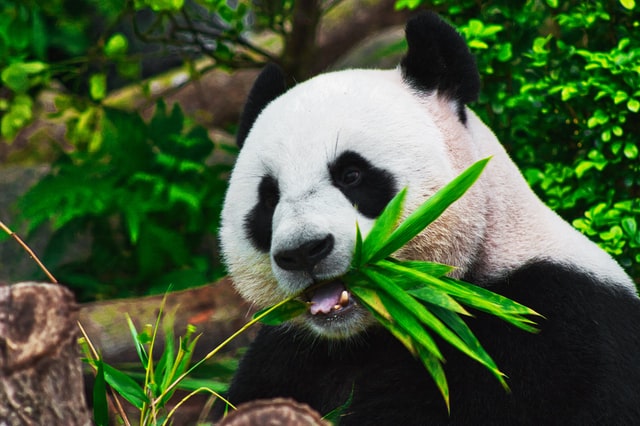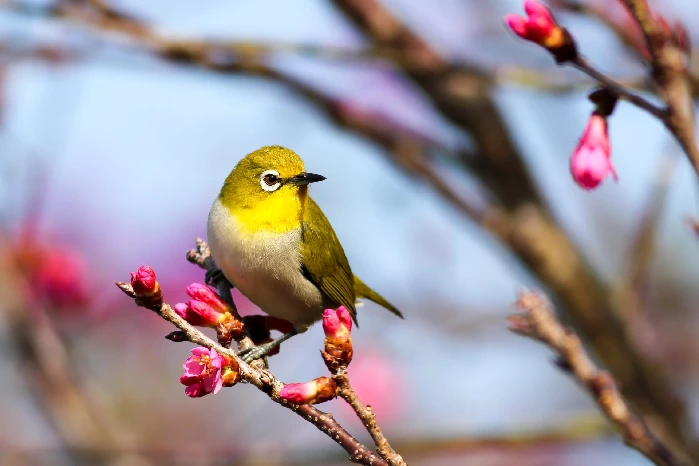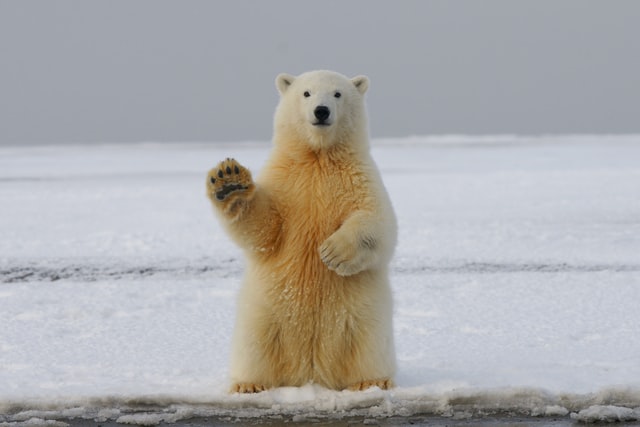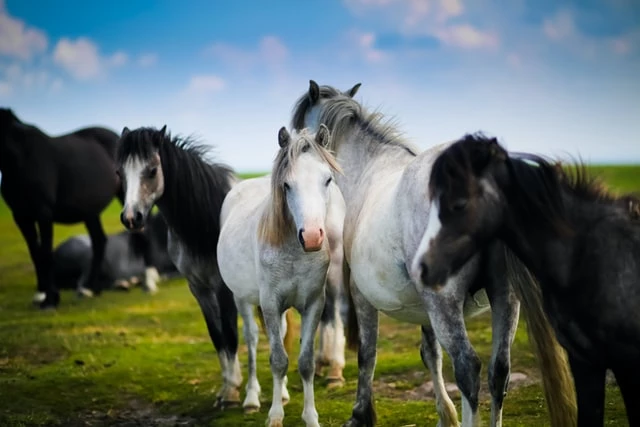
Amazing Species
Our amazing nature includes a huge number of species. Species is a group of individuals that actually or potentially interbreed in nature. In this sense, a species is the biggest gene pool possible under natural conditions. For instance, different spiders may look different but, since they can interbreed; they are considered as same species: Theridion grallator. There are lots of places where it is difficult to apply this definition. The aforesaid definition of a species can’t be easily applied to organisms that reproduce only or mainly asexually. For example, many bacteria reproduce mainly asexually.
Story
Birds live worldwide and range in size from the 5.5 cm (2.2 in) bee hummingbird to the 2.8 m (9 ft 2 in) ostrich. There are about ten thousand living species, more than half of which are passerine, or “perching” birds. Birds have wings whose development varies according to species. Some bird species of aquatic environments, particularly seabirds and some waterbirds, have further evolved for swimming.

Elephants
Elephant is the largest existing land animal. its three living species are currently recognised: the African bush elephant, the African forest elephant, and the Asian elephant. African elephants have large ears, a concave back, more wrinkled skin and two finger-like extensions at the tip of the trunk. Asian elephants have small ears, a convex or level back, smoother skin and a horizontal stomach that occasionally sags in the middle. They are considered to be keystone species, due to their impact on their environments.

Bears
Although only eight species of bears are extant, they are widespread. While the polar bear is mostly carnivorous, and the giant panda feeds almost entirely on bamboo, the remaining six species are omnivorous with varied diets. Most Bear species occupy their dens during the winter for a long period of hibernation, up to 100 days.
Dogs
In the United States alone, the AKC’s dog breed list currently includes 190 dog breeds. Worldwide, the FCI lists 360 officially recognized dog breeds. These don’t include experimental breeds that have yet to achieve official status. Smells can stay in Dog’s nose while air can move in and out of their lungs at the same time. It means they can breathe freely and still work out what that smell is!

Conclusion
Understanding species of organisms requires our insight into the evolutionary processes that cause biological diversity. Biological diversity is being lost as species go extinct. It is only by understanding species, we can shape the social, political, and financial forces that affect conservation efforts.

